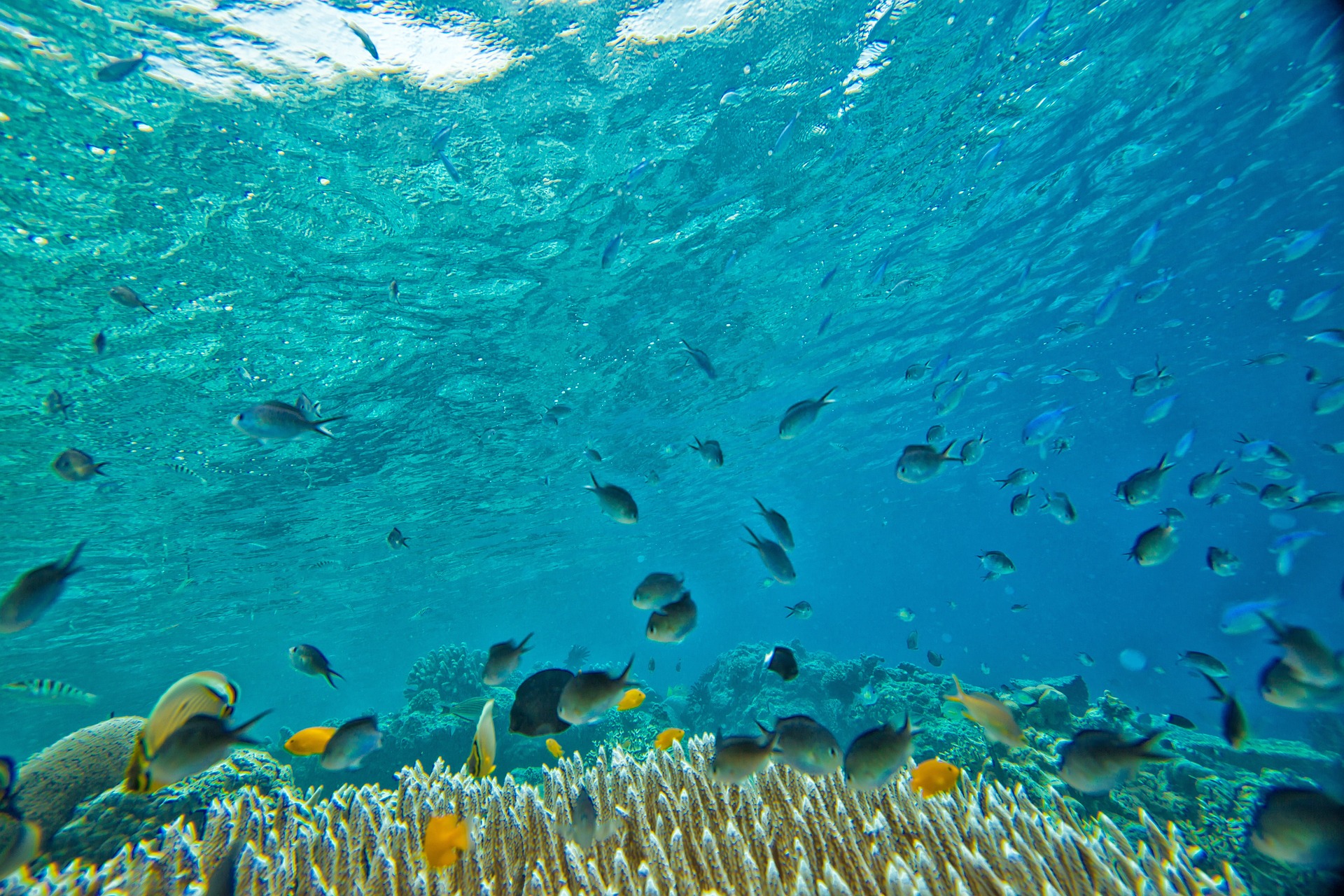Attachments
Note: Not all attachments are visible to the general public. Research URLs will go live after the embargo ends.

Research
Springer Nature, Web page
Please link to the article in online versions of your report (the URL will go live after the embargo ends).
Journal/
conference: Nature Sustainability
conference: Nature Sustainability
Research:Paper
Organisation/s:
ARC Centre of Excellence for Coral Reef Studies, James Cook University, Institute for Marine and Antarctic Studies (IMAS), University of Tasmania, Univ Montpellier, France
Funder:
This research was
partly funded through the 2017–2018 Belmont Forum and BiodivERsA
REEF-FUTURES project under the BiodivScen ERA-Net COFUND
programme and with funding from ANR, DFG, NSF, Royal Society, ERC
and NSERC. E.M. was supported by an Early Career Fellowship from
the Leverhulme Trust.



 Australia; QLD; TAS
Australia; QLD; TAS


